

| Region rejsu : Karaiby |
| Firma : Oceania Cruises |
| Statek : Insignia |
| Data rozpoczęcia : śr. 12 lis 2025 |
| Data zakończenia : niedz. 07 gru 2025 |
| Liczba nocy : 25 nocy |
| Dzień | Data | Port | Wypłynięcie | Odpłynięcie |
|---|---|---|---|---|
| 1 | 12.11 śr. | Miami / USA | 06:00 | 17:00 |
| 2 | 13.11 czw. | Dzień na morzu / Morze | ||
| 3 | 14.11 pt. | Dzień na morzu / Morze | ||
| 4 | 15.11 sob. | Świętego Jana / Kanada | 12:00 | 20:00 |
| 5 | 16.11 niedz. | Castries / Saint Lucia | 10:00 | 19:00 |
| 6 | 17.11 pon. | Saint-Georges / French Guiana | 08:00 | 21:00 |
| 7 | 18.11 wt. | Scarborough / Trinidad and Tobago | 07:00 | 16:00 |
| 8 | 19.11 śr. | Dzień na morzu / Morze | ||
| 9 | 20.11 czw. | Dzień na morzu / Morze | ||
| 10 | 21.11 pt. | Dzień na morzu / Morze | ||
| 11 | 22.11 sob. | Santarem / Brazylia | 09:00 | 18:00 |
| 12 | 23.11 niedz. | Wioska Boca de Valeria / Brazylia | 07:00 | 16:00 |
| 13 | 24.11 pon. | Manaus / Brazylia | 10:00 | |
| 14 | 25.11 wt. | Manaus / Brazylia | 16:00 | |
| 15 | 26.11 śr. | Parintins / Brazylia | 10:00 | 19:00 |
| 16 | 27.11 czw. | Alter do Chao / Brazylia | 07:00 | 15:00 |
| 17 | 28.11 pt. | Dzień na morzu / Morze | ||
| 18 | 29.11 sob. | Dzień na morzu / Morze | ||
| 19 | 30.11 niedz. | Dzień na morzu / Morze | ||
| 20 | 1.12 pon. | Bridgetown / Barbados | 09:00 | 18:00 |
| 21 | 2.12 wt. | Róża / Dominica | 08:00 | 18:00 |
| 22 | 3.12 śr. | PHILIPSBURG / Anguilla | 08:00 | 18:00 |
| 23 | 4.12 czw. | San Juan / Portoryko | 07:00 | 18:00 |
| 24 | 5.12 pt. | Dzień na morzu / Morze | ||
| 25 | 6.12 sob. | Dzień na morzu / Morze | ||
| 26 | 7.12 niedz. | Miami / USA | 06:00 | 17:00 |
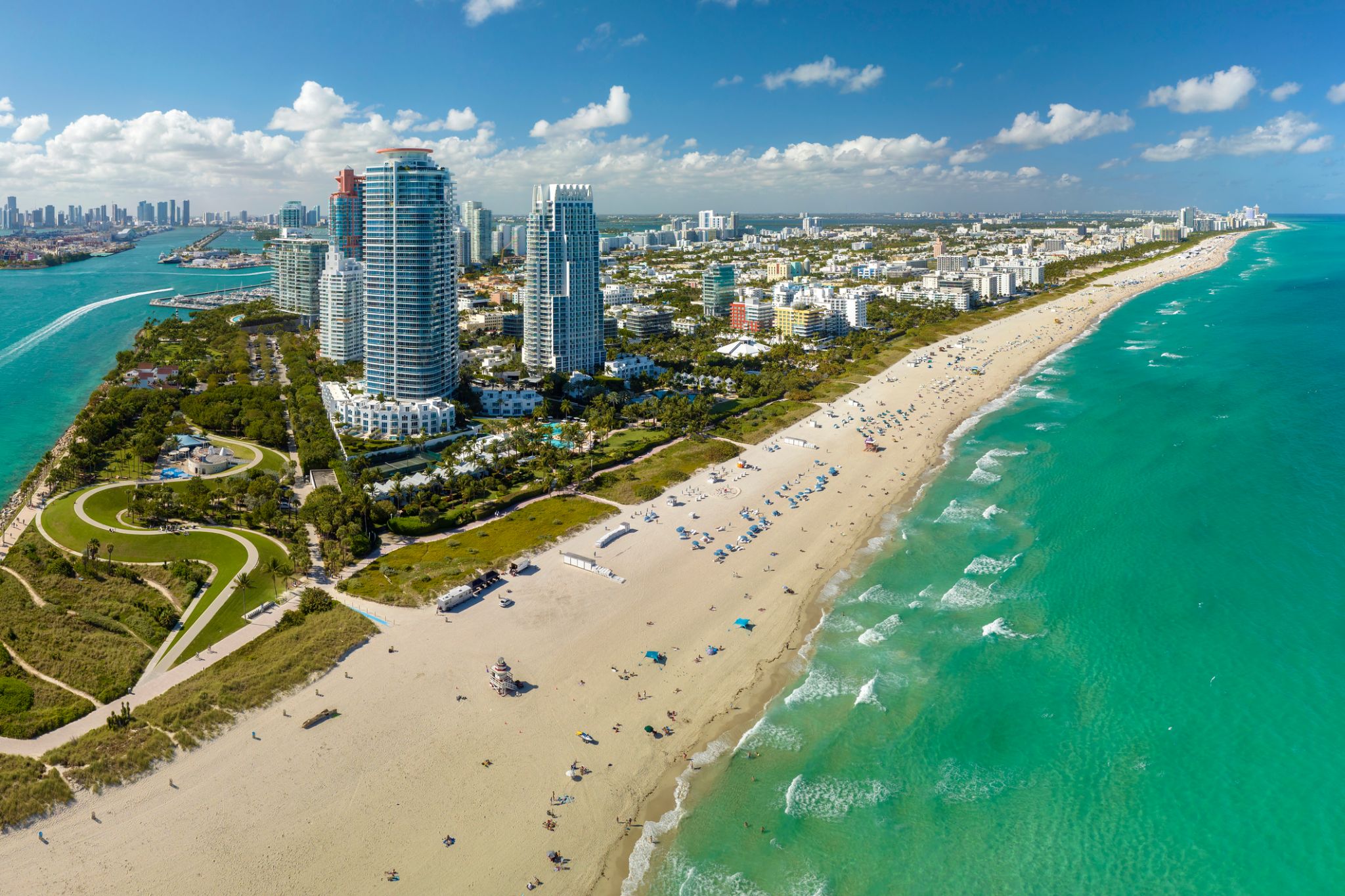
Miami, officially the City of Miami, is the cultural, economic and financial center of South Florida. Miami is the seat of Miami-Dade County, the most populous county in Florida. The city covers an area of about 56.6 square miles (147 km2), between the Everglades to the west and Biscayne Bay on the east; with a 2017 estimated population of 463,347, Miami is the sixth most densely populated major city in the United States. The Miami metropolitan area is home to 6.1 million people and the seventh-largest metropolitan area in the nation. Miami's metro area is the second-most populous metropolis in the southeastern United States and fourth-largest urban area in the U.S.
Miami is a major center, and a leader in finance, commerce, culture, media, entertainment, the arts, and international trade. The Miami Metropolitan Area is by far the largest urban economy in Florida and the 12th largest in the United States with a GDP of $344.9 billion as of 2017. In 2012, Miami was classified as an "Alpha−" level world city in the World Cities Study Group's inventory. In 2010, Miami ranked seventh in the United States and 33rd among global cities in terms of business activity, human capital, information exchange, cultural experience, and political engagement. In 2008, Forbes magazine ranked Miami "America's Cleanest City", for its year-round good air quality, vast green spaces, clean drinking water, clean streets, and citywide recycling programs. According to a 2009 UBS study of 73 world cities, Miami was ranked as the richest city in the United States, and the world's seventh-richest city in terms of purchasing power. Miami is nicknamed the "Capital of Latin America" and is the largest city with a Cuban-American plurality.
Greater Downtown Miami has one of the largest concentrations of international banks in the United States, and is home to many large national and international companies. The Civic Center is a major center for hospitals, research institutes, medical centers, and biotechnology industries. For more than two decades, the Port of Miami, known as the "Cruise Capital of the World", has been the number one cruise passenger port in the world. It accommodates some of the world's largest cruise ships and operations, and is the busiest port in both passenger traffic and cruise lines. Metropolitan Miami is also a major tourism hub in the southeastern U.S. for international visitors, ranking number two in the country after New York City.


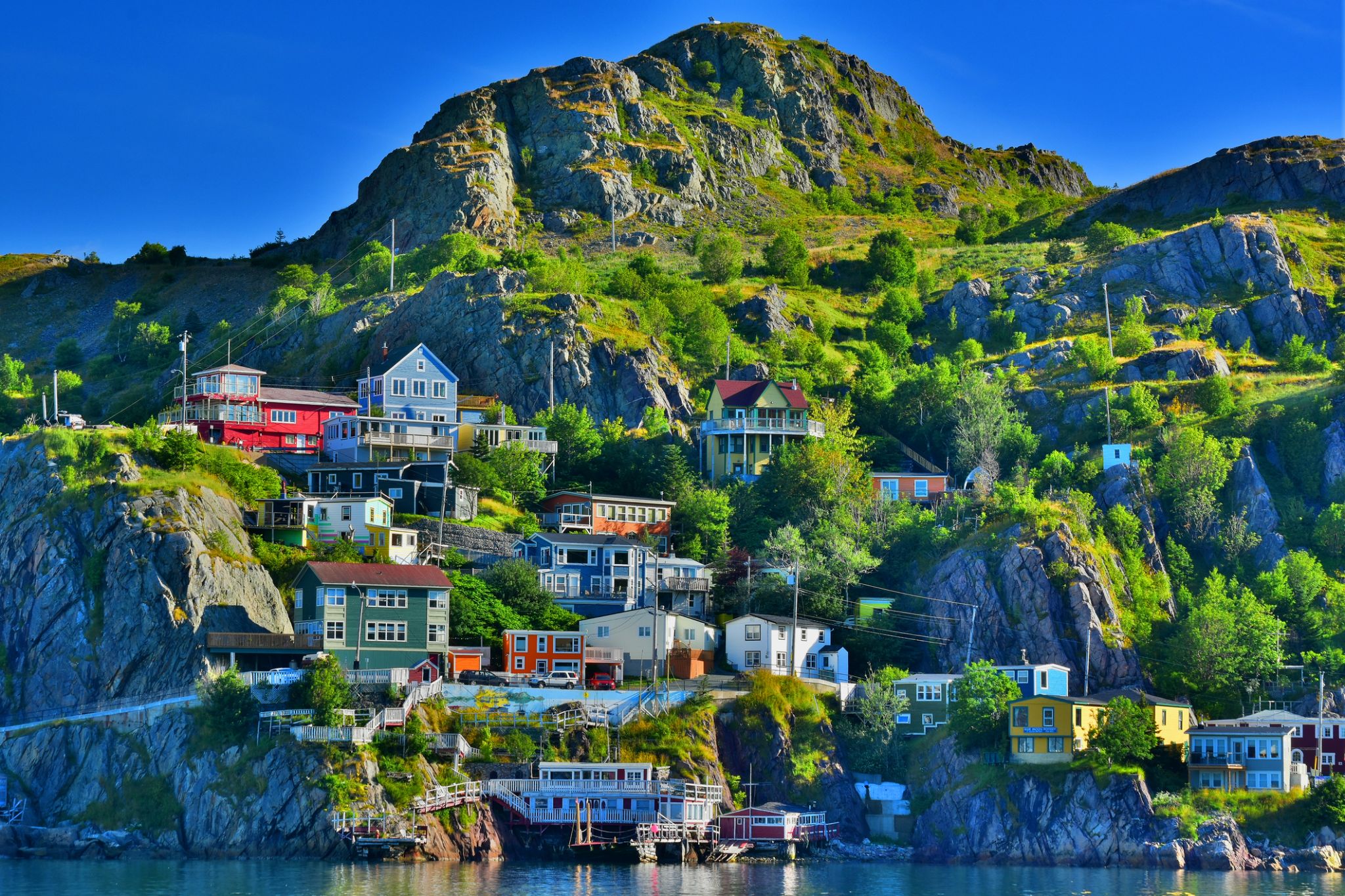
St. John's is the capital and largest city of the Canadian province of Newfoundland and Labrador. It is on the eastern tip of the Avalon Peninsula on the large Canadian island, Newfoundland. The city spans 446.04 square kilometres (172.22 sq mi) and is North America's easternmost city.
Its name has been attributed to the Nativity of John the Baptist, when John Cabot was believed to have sailed into the harbour in 1497 and to a Basque fishing town with the same name. Existing on maps as early as 1519, it is the oldest city in North America. It was officially incorporated as a city in 1888. With a metropolitan population of approximately 219,207 (as of July 1, 2017), the St. John's Metropolitan Area is Canada's 20th largest metropolitan area and the second largest Census Metropolitan Area (CMA) in Atlantic Canada, after Halifax.
The city has a rich history, having played a role in the French and Indian War, the American Revolutionary War, and the War of 1812. Italian inventor Guglielmo Marconi received the first transatlantic wireless signal in St. John's. Its history and culture have made it into an important tourist destination.
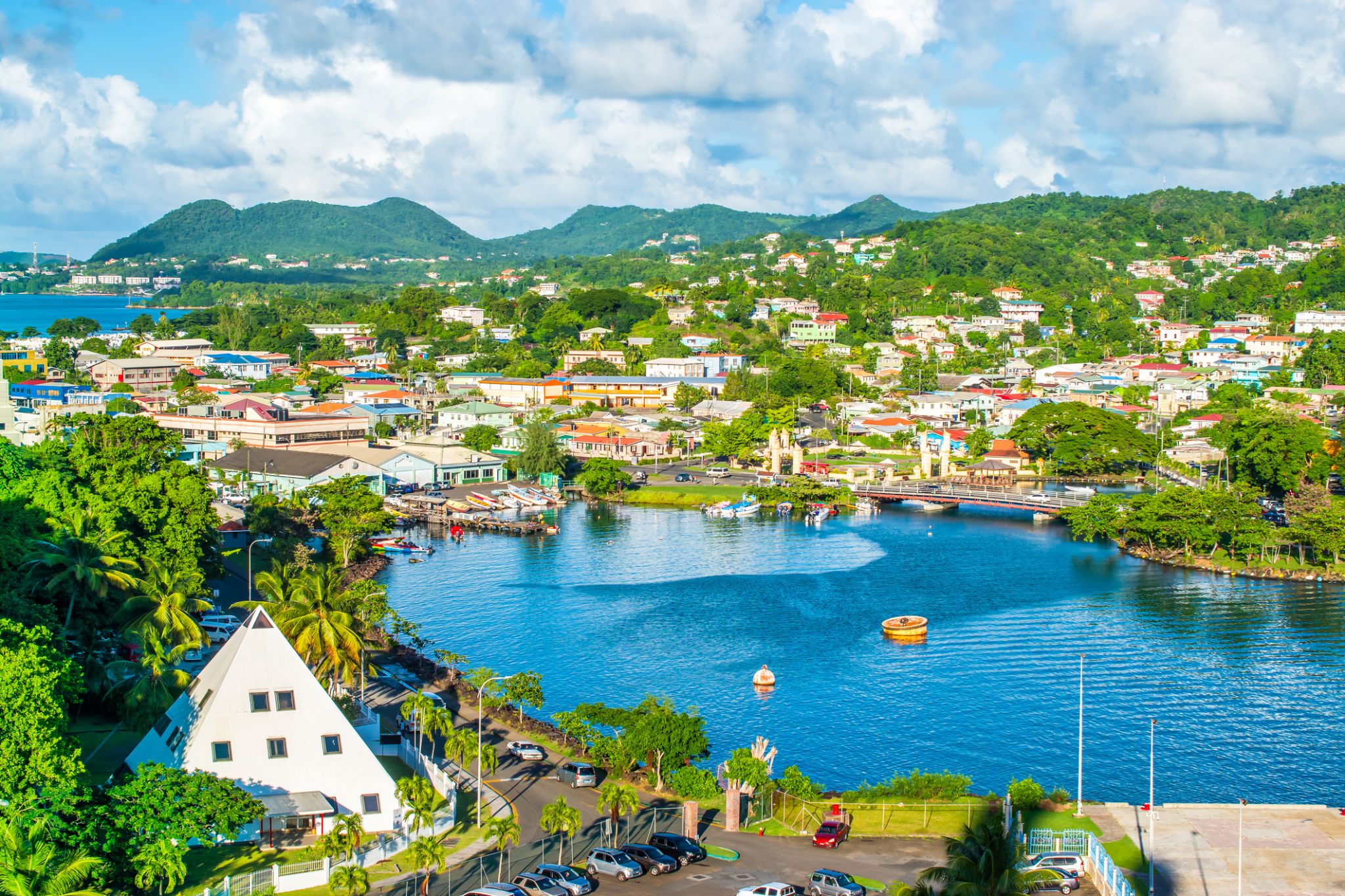

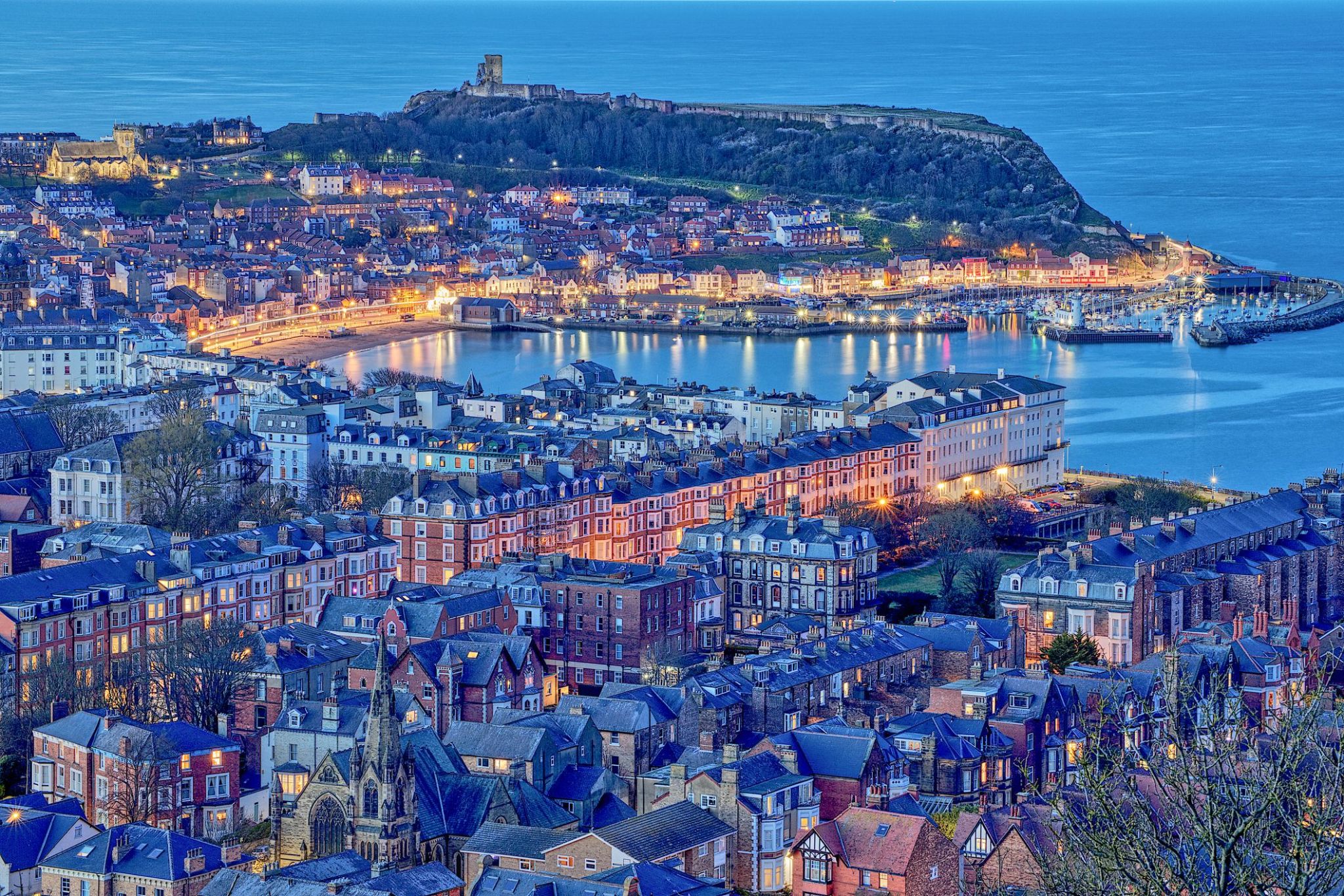
Scarborough (Tobago) to urokliwe miasteczko położone na wschodnim wybrzeżu wyspy Tobago na Morzu Karaibskim. Jako stolica wyspy, stanowi centrum życia kulturalnego i historycznego regionu. Miasto słynie z malowniczych uliczek, tętniących życiem targowisk i zabytkowych budynków, które harmonijnie współistnieją z nowoczesną architekturą. Do najważniejszych atrakcji należy kościół św. Anny z 1770 roku, będący ważnym elementem dziedzictwa miasta. Popularnością cieszy się również lokalny targ, na którym można kupić świeże owoce, przyprawy i rękodzieło.
Poza bogactwem kulturowym Scarborough oferuje piękne widoki przyrodnicze. W pobliżu znajdują się plaże z białym piaskiem i krystalicznie czystą wodą, idealne do kąpieli i nurkowania. Szczególnie popularna wśród turystów jest zatoka Pleasant, znana z pięknych krajobrazów i podwodnego świata. Scarborough to doskonała baza wypadowa do odkrywania rezerwatów przyrody Tobago i aktywnego wypoczynku.



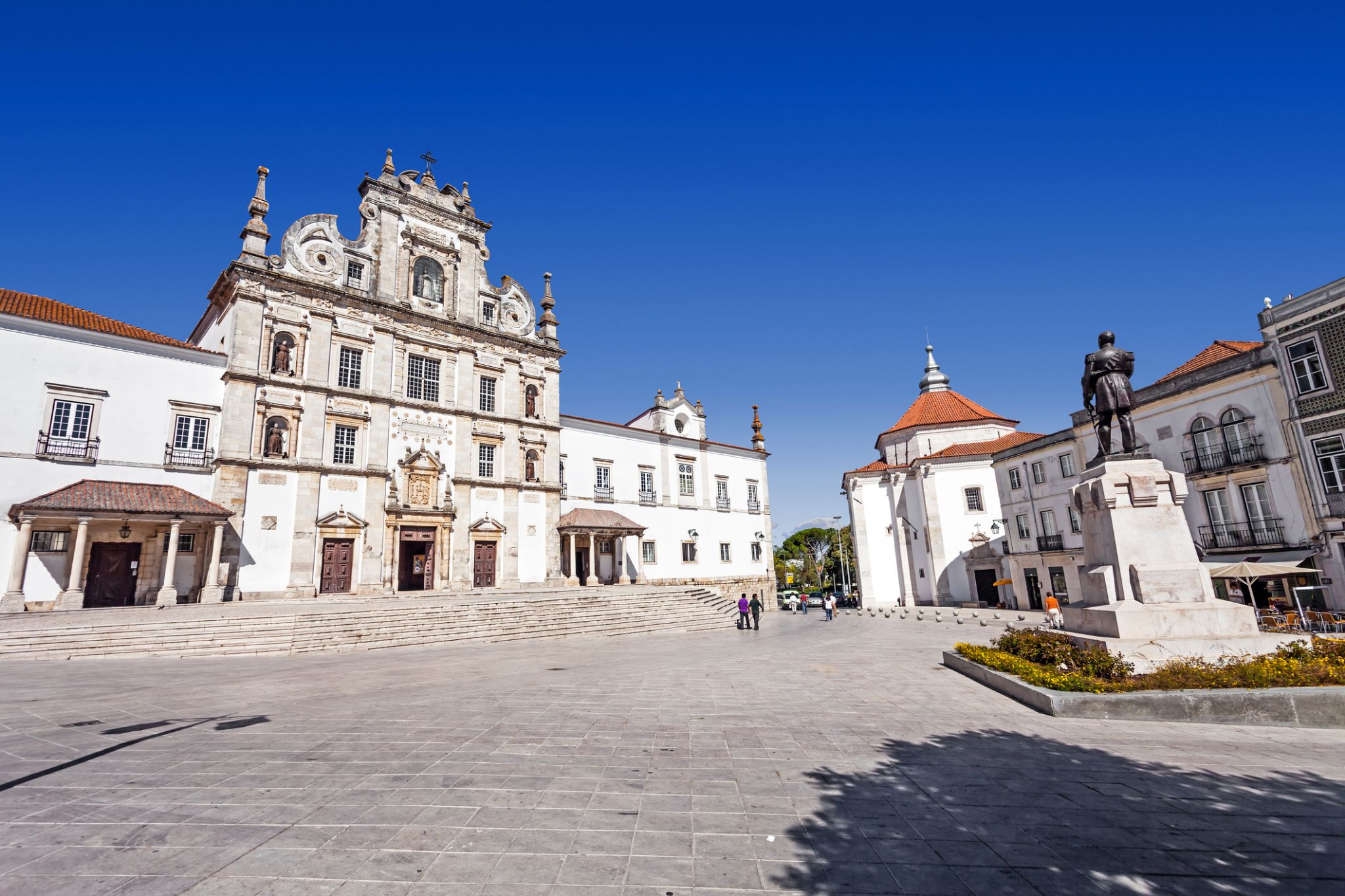
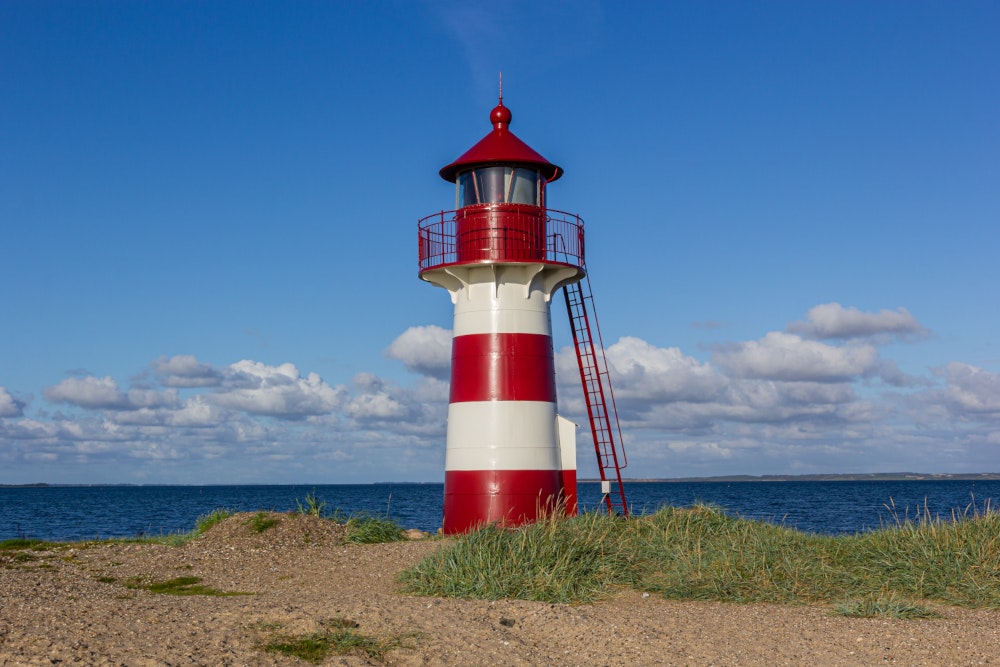

W sercu Amazonii, gdzie natura i historia łączą się w unikalną całość, znajduje się miasto Manaus — stolica stanu Amazonas i największe miasto regionu z ponad milionem mieszkańców. Zyskało sławę podczas boomu kauczukowego w ubiegłym wieku, kiedy to w 1896 roku wybudowano luksusową Operę, której materiały sprowadzono z Europy mimo wysokich kosztów. Otoczone dżunglą z trzech stron, Manaus wyróżnia się w porównaniu z europejskimi miastami zacienionymi uliczkami, niewielkimi parkami oraz tradycyjnymi czyścicielami butów. Zaledwie dziesięć minut spacerem od centrum można zobaczyć domy na palach z dachami z liści palmowych, zamieszkane przez rdzenne rodziny, które oferują autentyczną atmosferę Amazonii.
Jednym z naturalnych cudów miasta jest „Spotkanie Wód”. Tutaj ciemne, bogate w minerały wody Rio Negro łączą się z żółtawymi wodami rzeki Solimões, tworząc potężną Amazonkę. Przez około dwa kilometry te wody płyną obok siebie, nie mieszając się ze względu na różnicę temperatur, co tworzy imponujący spektakl przyrody. Manaus uważane jest za jedno z najczystszych ekologicznie miast na świecie i znajduje się zaledwie pięć godzin lotu od Rio de Janeiro — idealny punkt startowy do odkrywania niesamowitej amazońskiej dżungli.

W sercu Amazonii, gdzie natura i historia łączą się w unikalną całość, znajduje się miasto Manaus — stolica stanu Amazonas i największe miasto regionu z ponad milionem mieszkańców. Zyskało sławę podczas boomu kauczukowego w ubiegłym wieku, kiedy to w 1896 roku wybudowano luksusową Operę, której materiały sprowadzono z Europy mimo wysokich kosztów. Otoczone dżunglą z trzech stron, Manaus wyróżnia się w porównaniu z europejskimi miastami zacienionymi uliczkami, niewielkimi parkami oraz tradycyjnymi czyścicielami butów. Zaledwie dziesięć minut spacerem od centrum można zobaczyć domy na palach z dachami z liści palmowych, zamieszkane przez rdzenne rodziny, które oferują autentyczną atmosferę Amazonii.
Jednym z naturalnych cudów miasta jest „Spotkanie Wód”. Tutaj ciemne, bogate w minerały wody Rio Negro łączą się z żółtawymi wodami rzeki Solimões, tworząc potężną Amazonkę. Przez około dwa kilometry te wody płyną obok siebie, nie mieszając się ze względu na różnicę temperatur, co tworzy imponujący spektakl przyrody. Manaus uważane jest za jedno z najczystszych ekologicznie miast na świecie i znajduje się zaledwie pięć godzin lotu od Rio de Janeiro — idealny punkt startowy do odkrywania niesamowitej amazońskiej dżungli.
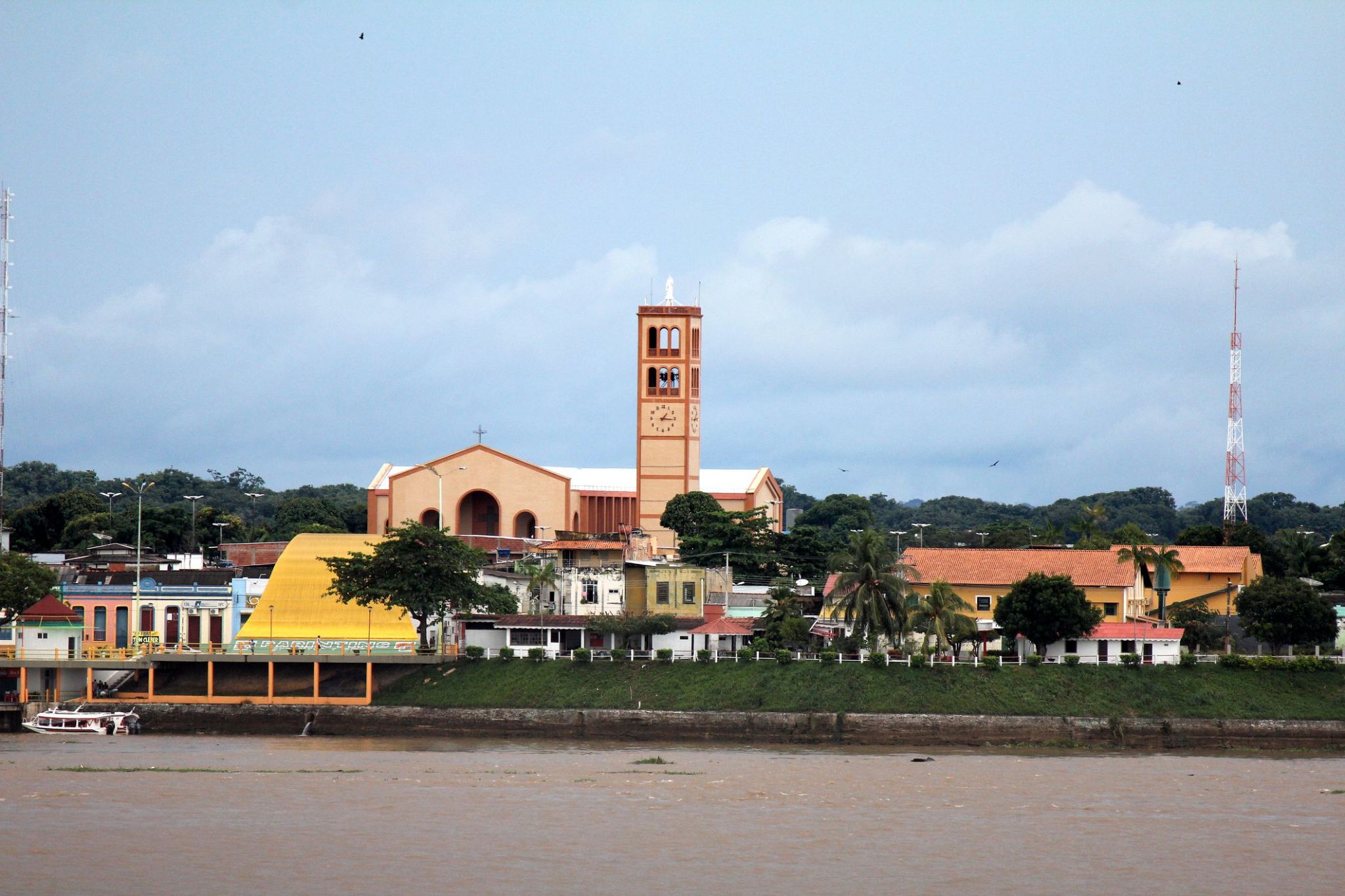
Otoczony żywymi tradycjami i malowniczą przyrodą, region na wyspie Parintins oferuje wyjątkowe połączenie kulturalnej zabawy i tropikalnej dziczy. Co roku odbywa się tu słynny festiwal Bumba-Meu-Boi, który przyciąga tysiące turystów z całego świata, pragnących zanurzyć się w lokalne legendy, muzykę i taniec. Dodatkowo okolice obfitują w rzeki i lasy, gdzie można cieszyć się spacerami i poznawać bogactwo amazońskiej fauny.
Podróż do Parintins to szansa, aby odkryć nie tylko piękno amazońskich krajobrazów, ale także żywą kulturę brazylijskiego narodu. Małe wioski z przyjaznymi mieszkańcami, tradycyjne rękodzieło i kuchnia tworzą atmosferę przytulności i autentyczności. To miejsce, gdzie każdy gość znajdzie coś dla siebie — od zapierających dech w piersiach przygód przyrodniczych po niezapomniane doświadczenia kulturalne.

Plaże z białym piaskiem, które pojawiają się i znikają w zależności od poziomu wody w Amazonce, czynią Alter do Chão prawdziwym cudem natury Brazylii. Miejsce to, położone w stanie Pará, często nazywane jest „brazylijskimi Karaibami” dzięki krystalicznie czystej wodzie, palmowym krajobrazom i miękkiemu piaskowi. Turyści przyjeżdżają tu nie tylko dla plaż, ale także dla atmosfery rybackiej wioski, w której można spróbować świeżych ryb i poczuć spokój dżungli.
Szczególnie popularne jest Alter do Chão we wrześniu, gdy odbywa się coroczny festiwal Sairé — barwne wydarzenie z tradycyjnymi tańcami, strojami i paradami łodzi. Poszukiwacze przygód mogą pływać kajakiem po zalanych lasach, obserwować różowe delfiny rzeczne lub zwiedzać starożytne stanowiska archeologiczne. To miejsce, gdzie kultura, przyroda i magia Amazonii łączą się w jedną, niezapomnianą podróż.



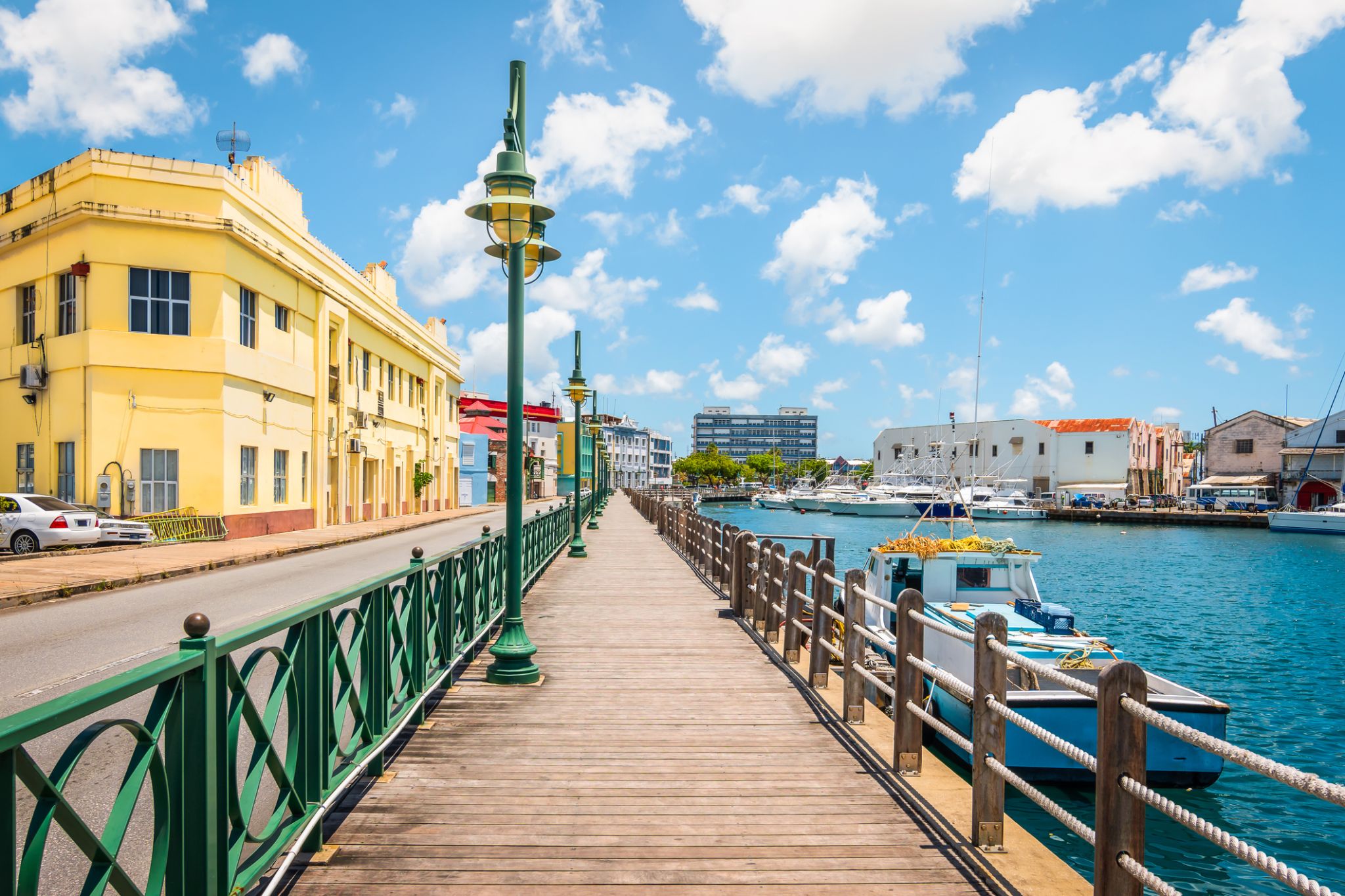
Bridgetown to stolica i największe miasto Barbadosu. Dawniej znane jako „Miasto św. Michała” (The Town of Saint Michael), obszar Greater Bridgetown znajduje się w parafii św. Michała. Miejscowi czasami nazywają je „Miastem” (The City), ale najczęściej po prostu „Town”. W 2014 roku populacja aglomeracji wynosiła około 110 000 mieszkańców.
Port Bridgetown znajduje się w zatoce Carlisle (13.106°N 59.632°W) na południowo-zachodnim wybrzeżu wyspy. Części obszaru Greater Bridgetown, ogólnie zdefiniowane przez obwodnicę (ABC Highway), leżą blisko granic sąsiednich parafii Christ Church i St. James. Międzynarodowe lotnisko Grantley Adams znajduje się 16 kilometrów na południowy wschód od centrum Bridgetown i oferuje codzienne loty do głównych miast Wielkiej Brytanii, USA, Kanady i Karaibów. Obecnie nie ma już lokalnych władz miejskich; Bridgetown jest okręgiem wyborczym w parlamencie krajowym. W latach 50. i 60. XX wieku, podczas istnienia Federacji Brytyjskich Terytoriów Indyjskich, Bridgetown było jednym z trzech miast rozważanych jako możliwa stolica federacji.
Obecna lokalizacja miasta została założona przez angielskich osadników w 1628 roku; wcześniejsza osada pod nadzorem Sir Williama Courtena znajdowała się w St. James Town. Bridgetown jest ważnym celem turystycznym na Karaibach, a także znaczącym centrum finansowym, informatycznym, konferencyjnym i portem dla statków wycieczkowych. 25 czerwca 2011 roku „Historyczne Bridgetown i jego garnizon” zostały wpisane na listę światowego dziedzictwa UNESCO.

Dominica, officially the Commonwealth of Dominica, is an island country in the West Indies. The capital, Roseau, is located on the western side of the island. It is part of the Windward Islands in the Lesser Antilles archipelago in the Caribbean Sea. The island is located near Guadeloupe to the northwest and Martinique to the south-southeast. Its area is 750 km2 (290 sq mi), and the highest point is Morne Diablotins, at 1,447 m (4,747 ft) in elevation. The population was 71,293 at the 2011 census. The Commonwealth of Dominica is one of the Caribbean's few republics.
The island was originally inhabited by the Kalinago and later colonised by Europeans, predominantly by the French from the 1690s to 1763. Columbus is said to have passed the island on Sunday 3 November 1493, and the island's name is derived from the Latin for "Sunday". Great Britain took possession in 1763 after the Seven Years' War, and it gradually established English as its official language. The island republic gained independence in 1978.
Its name is pronounced with emphasis on the third syllable, related to its French name of Dominique. Dominica has been nicknamed the "Nature Isle of the Caribbean" for its natural environment. It is the youngest island in the Lesser Antilles, and in fact it is still being formed by geothermal-volcanic activity, as evidenced by the world's second-largest hot spring, called Boiling Lake. The island has lush mountainous rainforests, and it is the home of many rare plants, animals, and bird species. There are xeric areas in some of the western coastal regions, but heavy rainfall occurs inland. The Sisserou parrot, also known as the imperial amazon and found only on Dominica, is the island's national bird and featured on the national flag, which is one of only two national flags containing the color purple.

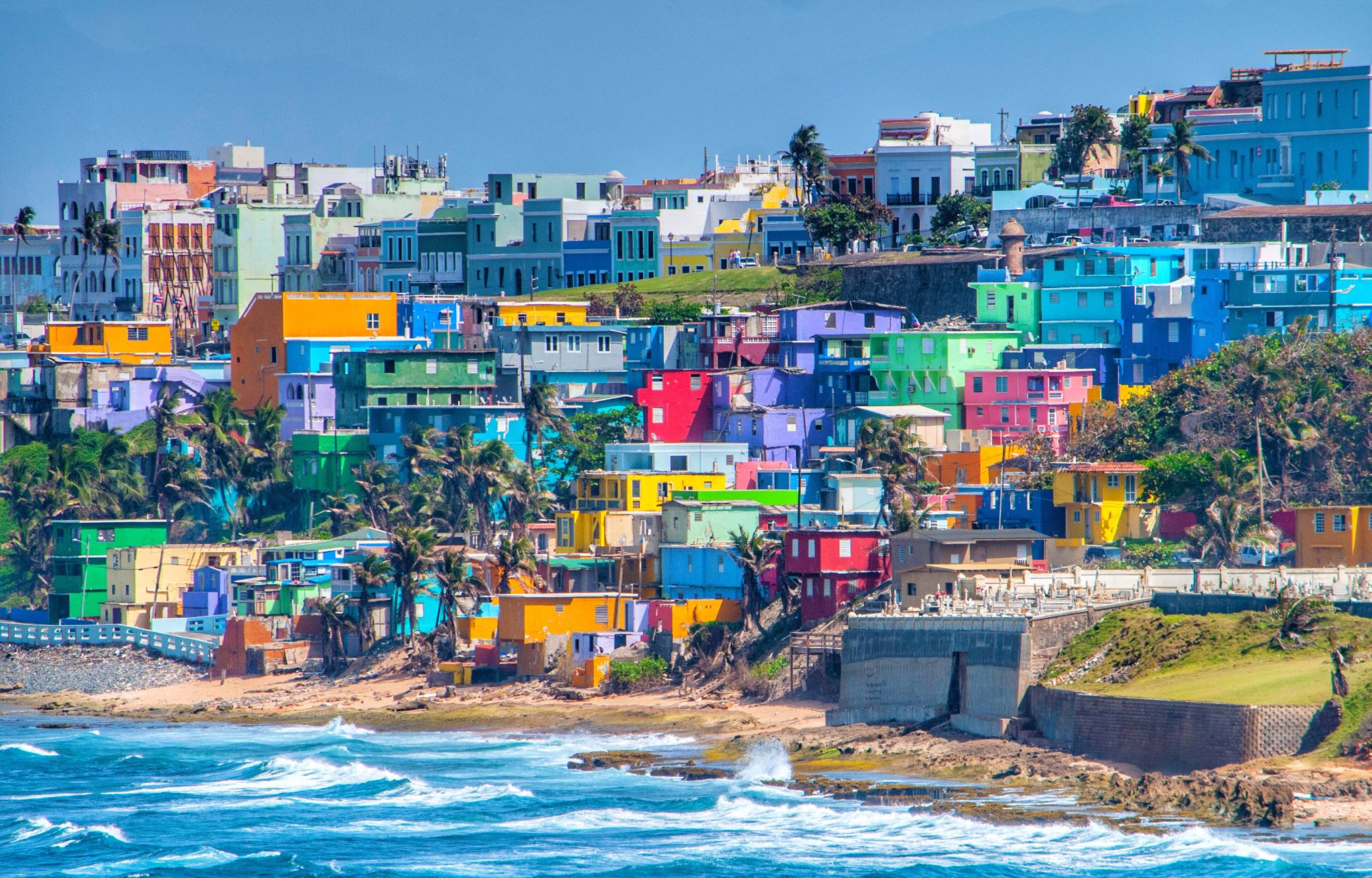
San Juan



Miami, officially the City of Miami, is the cultural, economic and financial center of South Florida. Miami is the seat of Miami-Dade County, the most populous county in Florida. The city covers an area of about 56.6 square miles (147 km2), between the Everglades to the west and Biscayne Bay on the east; with a 2017 estimated population of 463,347, Miami is the sixth most densely populated major city in the United States. The Miami metropolitan area is home to 6.1 million people and the seventh-largest metropolitan area in the nation. Miami's metro area is the second-most populous metropolis in the southeastern United States and fourth-largest urban area in the U.S.
Miami is a major center, and a leader in finance, commerce, culture, media, entertainment, the arts, and international trade. The Miami Metropolitan Area is by far the largest urban economy in Florida and the 12th largest in the United States with a GDP of $344.9 billion as of 2017. In 2012, Miami was classified as an "Alpha−" level world city in the World Cities Study Group's inventory. In 2010, Miami ranked seventh in the United States and 33rd among global cities in terms of business activity, human capital, information exchange, cultural experience, and political engagement. In 2008, Forbes magazine ranked Miami "America's Cleanest City", for its year-round good air quality, vast green spaces, clean drinking water, clean streets, and citywide recycling programs. According to a 2009 UBS study of 73 world cities, Miami was ranked as the richest city in the United States, and the world's seventh-richest city in terms of purchasing power. Miami is nicknamed the "Capital of Latin America" and is the largest city with a Cuban-American plurality.
Greater Downtown Miami has one of the largest concentrations of international banks in the United States, and is home to many large national and international companies. The Civic Center is a major center for hospitals, research institutes, medical centers, and biotechnology industries. For more than two decades, the Port of Miami, known as the "Cruise Capital of the World", has been the number one cruise passenger port in the world. It accommodates some of the world's largest cruise ships and operations, and is the busiest port in both passenger traffic and cruise lines. Metropolitan Miami is also a major tourism hub in the southeastern U.S. for international visitors, ranking number two in the country after New York City.